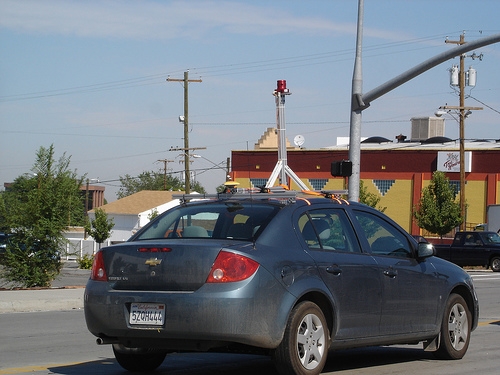
The Chevrolet Monte Carlo is as reliable as most new American cars, but every so often one does encounter the odd electrical defect. These range from cheap to bank-breaking, and from the inconvenient to the downright dangerous. Some can be easily repaired by a competent home mechanic, but others should be examined by a qualified mechanic to prevent catastrophic system failure.
The Monte's most notorious electrical failure relates to its turn signals. The failure begins intermittently at first, but gradually becomes permanent. This glitch is actually a failure in the hazard light switch, through which the turn signals run. As such, many owners report prolonging the inevitable hazard switch replacement by turning on the hazards momentarily when the turn signals stop working.
Many owners have reported problems with the Monte's security lockout system. This system disables the car's ignition if it does not receive a signal from the door locks opened with a specific key. This is to prevent thieves from using locksmith "slim-jims" to unlock the door manually. The short term fix for this problem is to repeatedly lock and unlock the door with the key, giving the computer more opportunity to read the key. You will, however, need to have this repaired soon or later.
Though no one can yet explain why, high interior temperatures can sometimes affect the Monte's starting ability. The cause may lie in the ignition switch module, since many owners have reported that leaving the key in the "accessory-on" position will allow the car to re-start, whereas turning it off completely disables it. Some have replaced ignition modules to good results, others have found the problem recurring even after replacement.
If the ignition switch failure under high heat is curious, then this type of failure is infuriating. At temperatures under 60 degrees, many Montes experience failure of the stock temperature sensor and accompanying dashboard gauge. The most irritating thing about this failure is that when the engine control computer loses signal from the sensor, it automatically de-tunes itself and goes into "limp-home" mode, resulting in poor acceleration, poor fuel economy, and a much lower governed top speed.
Though it is possible to solve some of the Monte Carlo's many electrical problems, the reality of the matter is that this car is a prime example of "engineered obsolescence." Purchasers of any used car made in the last 10 years are familiar with components that are designed to fail after the warranty expires, and this is no exception. Many owners report the quickest and cheapest way to fix this used Chevy is to buy a new Honda.